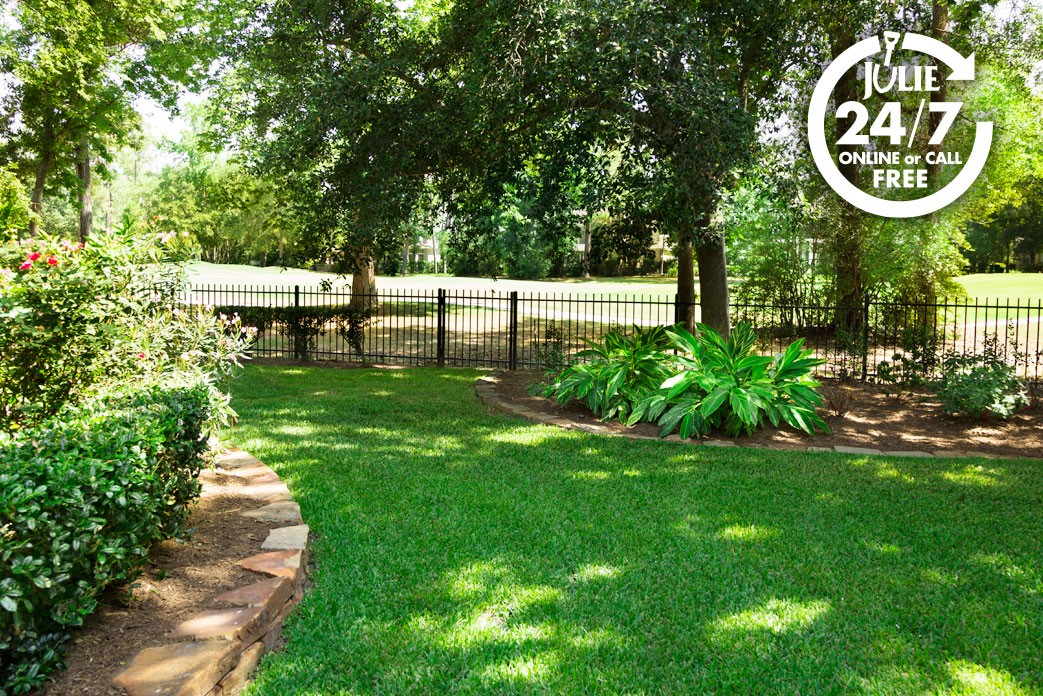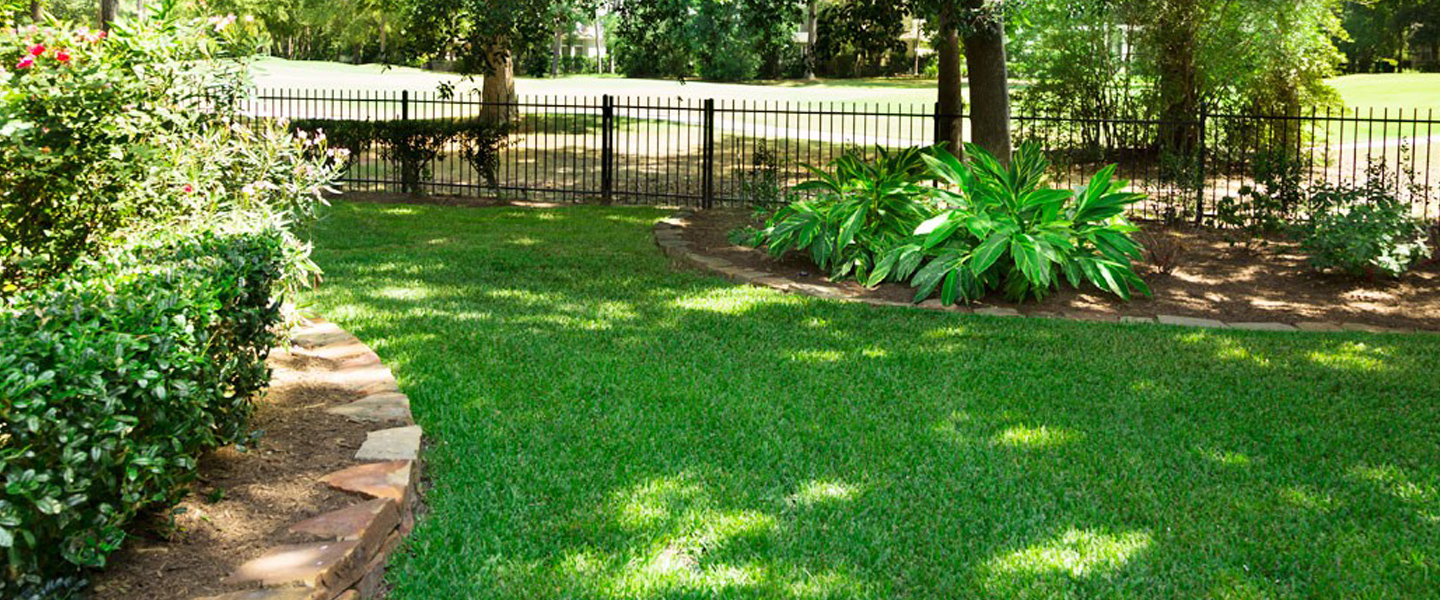Three Landscaping Ideas For Shady Areas
If you have a shady spot in the garden or on your patio you can still create a beautiful and colorful natural environment. In fact, many plants actually love the shade and thrive in low light. Here are three landscaping ideas for shady areas that allow you to use design, texture, size, and blooms to create lush surroundings without worrying about sunshine.

1. Think Of Your Soil As A Palette
Just like artists use hue, texture, shape, and size to bring blank canvases to life, gardeners can use those same elements to create a stunning shady garden spot. Hosta, perhaps one of the most popular shade-loving plants in Illinois, come in all sorts of colors like blue, green, white, gold, and even red. Their leaves also come in a variety of shapes and sizes, from giant “Elephant Ears” to delicate heart- or vase-shaped. They may be corrugated, deeply veined, folded, rippled, or streaked, as well. Try combining different varieties to add interest to that shady spot in the garden. Other landscaping ideas for shady areas include mixing flowers of varying heights, shapes and colors…like placing low-profile and colorful impatiens next to tall, green ferns.
2. Cover New Ground
Groundcovers also come in a variety of colors, textures and shapes. Pachysandra is a well-liked groundcover for a shady spot in the garden because it can grow up to a foot tall. Lily-of-the-Valley, which bloom with fragrant white flowers in early May, are great fillers for shady soils. Different varieties of sedum—which resemble succulents in some ways—also do well in shade. When choosing plants for your shady garden spot, pick what appeals to your own tastes. “Buy what you like” is a garden mantra that is perennially (no pun intended) true.
3. Branch Out
One of the trendiest landscaping ideas for shady areas is a woodland garden where layers of plants and shrubs are built up under the canopy of trees. The trees are the focal point of the woodland garden, providing the shade needed for ground covers and shrubs that are shade-tolerant. Another way to enhance the visual interest of areas of full-shade or part-shade is to add evergreens and conifers, which have the added bonus of lending some privacy.
Whenever you’re disturbing the ground—especially when planting trees, shrubs, groundcovers, or plants—protect yourself and your family by contacting JULIE, Illinois’ FREE notification service for safe digging. Utility lines may be buried just beneath the surface of where you’re preparing to plant and hitting one can disrupt critical services and even cause serious physical harm. Contacting JULIE is easy. You can submit an E-Request or call 24/7/365. Illinois law requires the person actually doing the digging contact JULIE—that’s you or your landscaper if you hire a professional—at least two business days before you put a shovel in the ground. After receiving confirmation with a dig number from JULIE and confirming that all utility members have marked their underground lines with colored paint or flags, or marked an All Clear with a painted OK, you have 14 days to begin working on that shady garden spot. Then before you know it, you and your plants will be soaking up the shade.

Safe Digging Tip: Always contact JULIE before you dig to have utility lines on your property located for free by our members. Valuable utility lines may be buried just beneath the surface and hitting one could disrupt critical services, cause serious harm to you or your family, or even result in costly repairs and fines.





 CONTACT US
CONTACT US